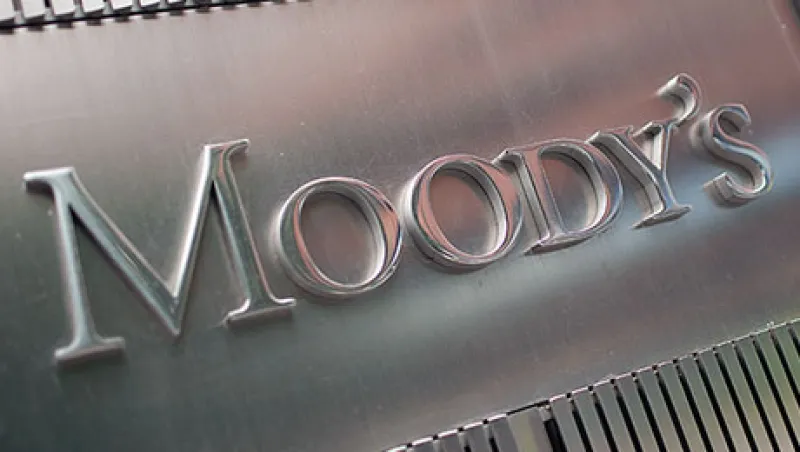Another day, another grim prognosis for the asset management industry. In its new, 2017 outlook for global asset managers, ratings agency Moody’s Investors Service downgraded its view on active managers from stable to negative. The change in standing reflects a worsening business climate — given the acceleration of investors’ move into low-cost and passive products, fee pressure across products, regulation, rising costs, high asset valuations, and growing tail risks — and active fund managers’ generally poor investment returns.
“Active management performance after fees continues to underwhelm,” Neal Epstein, a New York–based senior credit officer for Moody’s, said in a statement announcing the downgrade and releasing the report, called Asset Managers — Global 2017 Outlook — Active Managers’ Struggles Underpin Negative Outlook . “Investors are remaining cost-conscious as skepticism of active management’s value proposition increases.”
Moody’s said it would be willing to upgrade its rating to stable if active performance improves, the flight to passive investments moderates, there’s stabilization of fee compression, or managers adapt their cost structures. Right now the agency doesn’t see an upgrade to positive as likely.
This isn’t the first time that Moody’s has been in a funk with asset management. In April 2008 it also went negative on the sector, upgrading it to stable again only in 2011. Although 2008 did prove to be terrible for active management, some managers were rewarded for securities selection in the aftermath of the banking collapse and the ensuing credit crisis.
One of the most dramatic changes to hit active managers post-2008 is the rise of exchange-traded funds. As recently as 2012, according to data provided by Moody’s, active mutual funds made up almost 80 percent of the retail marketplace, with index funds and ETFs each claiming just over 10 percent.
Today active mutual funds make up less than 45 percent of the retail market, passive mutual funds account for about 22 percent, and ETFs represent more than 35 percent of all mutual fund assets. Year-to-date as of December 2, equity mutual funds had seen $191 billion in assets fly out the door, according to Goldman Sachs Group, whereas equity ETFs had attracted inflows of $52 billion. Even in bonds, fixed-income mutual funds saw inflows of $35 billion, but ETFs gained $62 billion in assets.
Like more or less everyone else, traditional asset managers might be feeling ready to close the book on 2016. But if the warnings from Moody’s and others are anything to go by, the industry has little hope that next year will be a cakewalk.






